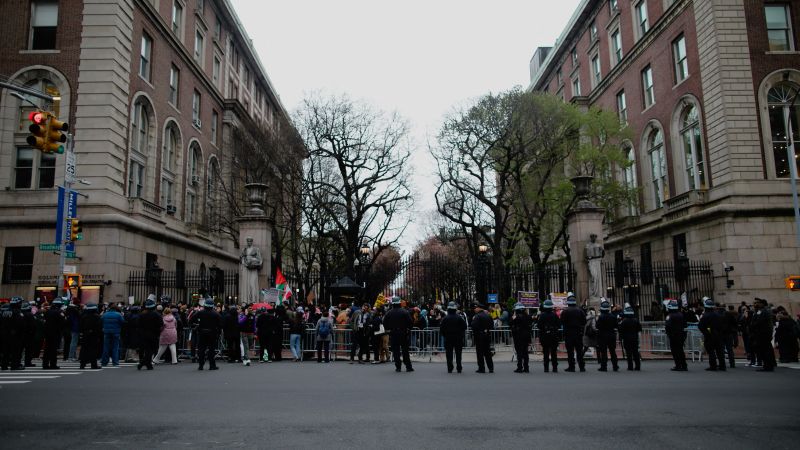
Hong Kong is trying to make up for a lost decade with incentives to promote the city as a hub for real estate investment trusts (Reits), after a stop-start history during which markets in Singapore and Japan flourished. The government last week put into action a HK$270 million (US$35 million) plan to encourage property owners to cobble their assets together under Reits to defray their listing expenses. The Securities and Futures Commission on May 10 announced the implementation details of the subsidy plan, first unveiled during the budget in February. The grant will also be offered to fund managers who launch open-ended funds in Hong Kong. Do you have questions about the biggest topics and trends from around the world? Get the answers with SCMP Knowledge, our new platform of curated content with explainers, FAQs, analyses and infographics brought to you by our award-winning team. The subsidy, however, has drawn flak from shareholder activist David Webb, who called it a “cockamamie” scheme that only favours bigger tycoons. Others said the benefits do not go far and wide enough. “By encouraging a broader range of investment vehicles, the grant scheme will reinforce Hong Kong’s role as a leading capital-raising venue and its status as an international asset and wealth management centre,” the SFC’s chief executive, Ashley Alder, said. Activist investor David Webb described the subsidy scheme as ‘cockamamie’. Photo: Bloomberg alt=Activist investor David Webb described the subsidy scheme as ‘cockamamie’. Photo: Bloomberg The plan comes as SF Real Estate Investment Trust – which holds the logistics assets of Shenzhen-listed package delivery group SF Holdings – started trading in Hong Kong after completing its HK$2.5 billion initial public offering last week. SF Reit became only the 13th such investment vehicle on the Hong Kong stock exchange since Fortune Reit first blazed the trail in 2003. The market went into a hiatus between 2013 and 2018, according to official data. China Merchant Commercial Reit was the last to make it to the exchange, back in December 2019. The Hong Kong stock exchange hosted 12 Reits as of May 14 with a combined market capitalisation of HK$248.31 billion, including two that have been halted from trading. While the industry went into a slumber, other regional Reit markets bloomed. The market size of 62 Reits in Japan reached US$131.1 billion at the end of 2020 while 50 in Australia amounted to US$88.6 billion, according to data published by Hong Kong’s Financial Services Development Council. In Singapore, the market capitalisation of 44 Reits stood at US$51.4 billion. Since Financial Secretary Paul Chan Mo-po announced the subsidy plan in February, several interested parties have made enquiries, according to Alwyn Li, partner for financial services in Hong Kong at law firm Deacons. “The subsidy plan is attractive and we have received many enquiries from fund houses and Reit issuers about the scheme” Li added. “The subsidy will cut down the cost for these products which will help Hong Kong to further develop its asset management industry.” Webb, the shareholder activist, is not impressed. “Smaller tycoons need not apply, because the Reits must be worth at least HK$1.5 billion (US$192 million). Below that, you are too poor to qualify for government help – although you can list a company with a HK$500 million market cap on the Main Board or HK$150 million on the second (GEM) board,” he said on his website. A worker moves parcels at an SF Express distribution centre ahead of the Singles Day online shopping festival, in Shenyang, Liaoning province, China, in October 2018. Photo: Reuters alt=A worker moves parcels at an SF Express distribution centre ahead of the Singles Day online shopping festival, in Shenyang, Liaoning province, China, in October 2018. Photo: Reuters Government officials and the SFC defended the scheme, saying the HK$1.5 billion threshold is in line with similar targets in overseas markets. The grant scheme for Reits would provide momentum for the Reit market in Hong Kong, the further development of which would reinforce the city’s role as a premier capital raising centre, according to a spokesman at the Financial Services and the Treasury Bureau. It will also offer investors more options with relatively stable returns, the person added. “We envisage that owners of the ‘new economy’ properties, such as logistics or data centres, would be able to make use of the grant scheme to list their Reits in Hong Kong,” the spokesperson said. “Moreover, it is expected that the scheme will provide more business and job opportunities to local service providers and bring substantial benefits to Hong Kong’s economy.” Fund managers and developers within the next three years can apply for up to 70 per cent of the cost of setting up the funds or Reits in Hong Kong. The subsidy is however capped at HK$1 million for open-ended funds and HK$8 million for Reits. They can be used to pay for the costs of legal, accounting and marketing fees. Lo Ka-shui, chairman of Great Eagle and also chairman of the management company of Champion Reit, the second largest Reit in Hong Kong, welcomed the government subsidy but wished it went further. “Any subsidy from the government shows that the government is proactive in encouraging Reit listings. It’s progress,” Lo said. “However, more important would be giving tax deductions or tax credit for Reit investors as it’s done in other jurisdictions. More progressive measures would be needed to revitalise the Reit market in Hong Kong.” Besides the subsidy, the SFC should also streamline the process for Reit listings, according to Mike Wong Ming-wai, chief executive of the Chamber of Hong Kong Listed Companies. At present, someone listing a Reit would need to get approval and follow the regulations of the SFC. If a developer lists their property just in the form of a listed company, they only need to follow the rules of the stock exchange. “If the SFC could streamline the regulations on Reits, it would help promote more Reits to list in Hong Kong,” Wong said. This article originally appeared in the South China Morning Post (SCMP), the most authoritative voice reporting on China and Asia for more than a century. For more SCMP stories, please explore the SCMP app or visit the SCMP’s Facebook and Twitter pages. Copyright © 2021 South China Morning Post Publishers Ltd. All rights reserved. Copyright (c) 2021. South China Morning Post Publishers Ltd. All rights reserved.




